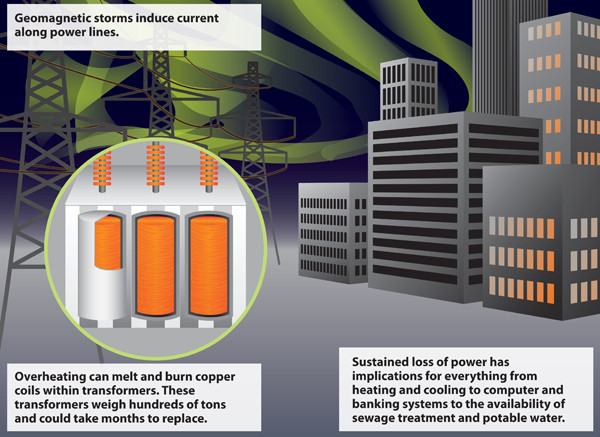Solar storms, originating from the Sun’s eruptions, can significantly impact Earth’s technological infrastructure. These events, including solar flares and coronal mass ejections, emit charged particles that interact with Earth’s magnetic field, potentially disrupting power grids, communication systems, and satellites. The 1859 Carrington Event, the most powerful recorded solar storm, caused widespread telegraph failures and auroras visible near the equator. Today, a similar event could lead to economic damages up to $2 trillion in the first year alone.
To mitigate these risks, it’s crucial to assess the resilience of our power infrastructure. Engaging with local power companies about their preparedness for solar storms is a proactive step. Inquiring about their strategies to maintain electricity during such events can provide insight into the robustness of our energy systems.
Understanding the science behind solar storms is also essential. These phenomena are part of the Sun’s natural activity cycle, which peaks approximately every 11 years. During these peaks, the likelihood of solar storms increases, necessitating heightened awareness and preparedness.
In summary, while solar storms pose a significant threat to modern technology, proactive measures and informed discussions with power providers can enhance our resilience against these natural events.

Leave a Reply